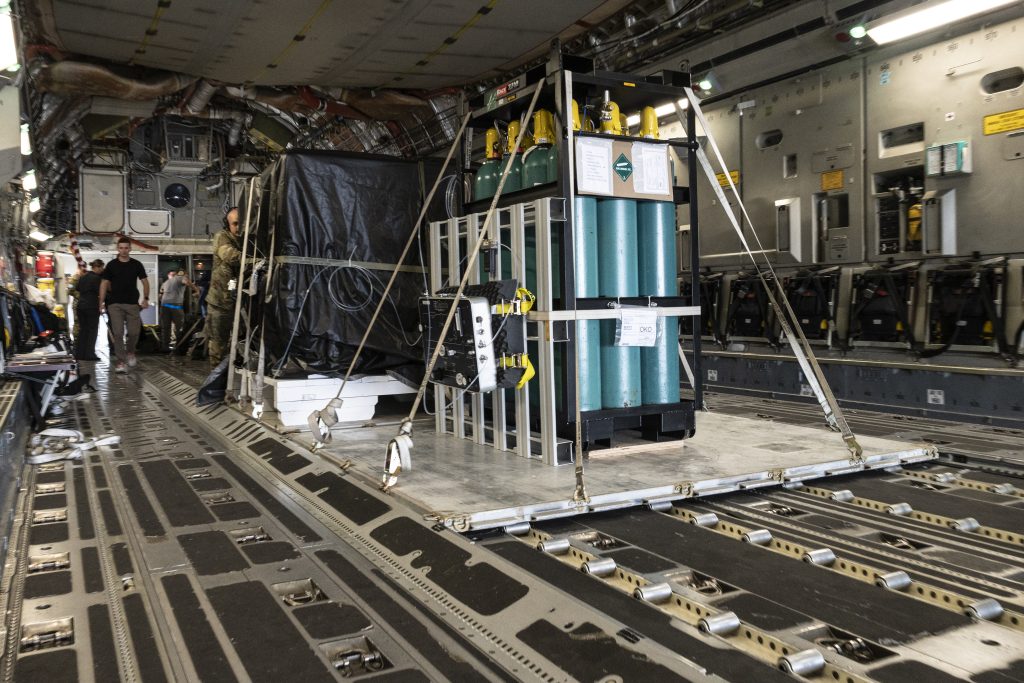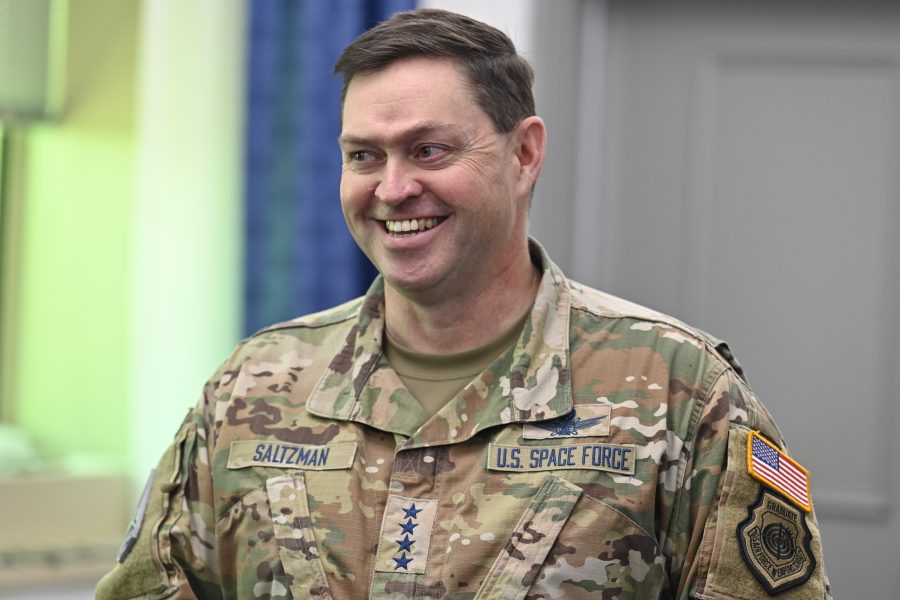The Space Force may establish a combatant component in Japan soon, Chief of Space Operations Gen. B. Saltzman said in a news conference in Tokyo on Sept. 25. According to multiple media reports, Saltzman said setting up a new unit in Japan represents the “next phase” in joint initiatives aimed at enhancing space defense across the Indo-Pacific region.
Such a move would mark yet another step in the Space Force extending its footprint in the region. U.S. Space Forces Indo-Pacific, a component under U.S. Indo-Pacific Command, was established at Joint Base Pearl Harbor-Hickam, Hawaii, in November 2022.
That was followed by the establishment of U.S. Space Forces Korea under U.S. Forces Korea, a sub-unified combatant command, at Osan Air Base, South Korea, the next month. U.S. Forces Japan is another sub-unified command under INDOPACOM.
Saltzman also said during the Tokyo news conference that the Space Force has been internally exploring the idea of establishing a communication hotline with China to avert space-related crises, as reported by Reuters.
However, the Space Force has not been in contact with its People’s Liberation Army counterparts, a U.S. Space Force spokesperson told Air & Space Forces Magazine. The representative added that Saltzman noted any effort of this nature would be led by the State Department and have to be approved by the President of the United States.
Space is a key arena in the strategic competition between the United States and China. According to a recent report from the Mitchell Institute for Aerospace Studies, Beijing has developed various counterspace weapons, including ground-launched anti-satellite missiles, electronic warfare systems, and offensive satellites, making it a rapidly advancing player in space.
Saltzman’s visit to Japan, spanning six days from Sept. 21-26, had the overarching goals of strengthening the U.S.-Japan alliance, supporting its modernization endeavors, and bolstering integrated deterrence through collaborative space security initiatives. In a series of high-level meetings, Saltzman engaged with Minister of Defense Minoru Kihara, Chief of Staff for the Japan Self-Defense Forces Gen. Yoshihide Yoshida, Chief of Staff for the Japan Air Self-Defense Forces (JASDF) Gen. Hiroaki Uchikura, and President of the Japan Aerospace Exploration Agency, Dr. Hiroshi Yamakawa.
Those talks built on the progress made in previous bilateral initiatives, including the first-ever Space Engagement Talks (SET) held in July. They also included discussion about how the U.S. might use Japan’s future deep space radar and avenues to enhance collaboration in satellite communications, research, and development.
In addition, the leaders talked about deepening interoperability through space education, training programs, joint exercises, and more.

Saltzman’s itinerary also included a stop at Fuchu Air Base, where he met with Col. Kimitoshi Sugiyama, the Commander of the JASDF Space Operations Group. The Space Operations Group, responsible for JASDF space domain awareness operations, was established in March 2022, expanding upon the previous Space Operations Squadron.
The U.S. and Japan have been charting a tighter path together in space for a while now. In January, Defense Secretary Lloyd Austin and Secretary of State Antony Blinken agreed alongside their Japanese counterparts to recommit that their mutual defense policy would extend into space, meaning any attack on either country’s satellites could lead to the invocation of Article V of the U.S.-Japan Security Treaty, in which the two countries could “act to meet the common danger” if either country is attacked on Japanese territory.

